Case Studies
The case studies of REFRAME will focus on different localities in four different countries. For a better overview, we will give you a short introduction for each case studies clustered into their national context:
Germany
Dessau-Roßlau is a district free town with approximately 80 000 inhabitants in Saxony-Anhalt. The city is known for the Bauhaus tradition and is location of four UNESCO world heritage sites, for example the Gartenreich Dessau-Wörlitz. The demographic situation of the locality is characterized by processes of population ageing and shrinkage, resulting in a loss of over 10 000 inhabitants in the last 20 years. The share of people with migrant background is with 10.4% (2022) comparatively low, reflecting the situation of many Eastern German regions that were part of the GDR until 1989. 40.1% of all people with migrant background in Dessau-Roßlau have come to Germany seeking refuge, and numbers were particularly high in 2015/16 and in 2022. Ukrainians w the strongest group of foreigners in Dessau-Roßlau, followed by people from Syria. The average age of the population is with 50,2 years in 2022 significantly higher than the average of 44,6 in Germany. The city is governed by a major without party affiliation. The local council has a right-wing majority with 25.5% AfD and 22 % CDU. However, there is a strong network fostered by the local administration that works towards more diversity development and inclusion of people with migrant background.
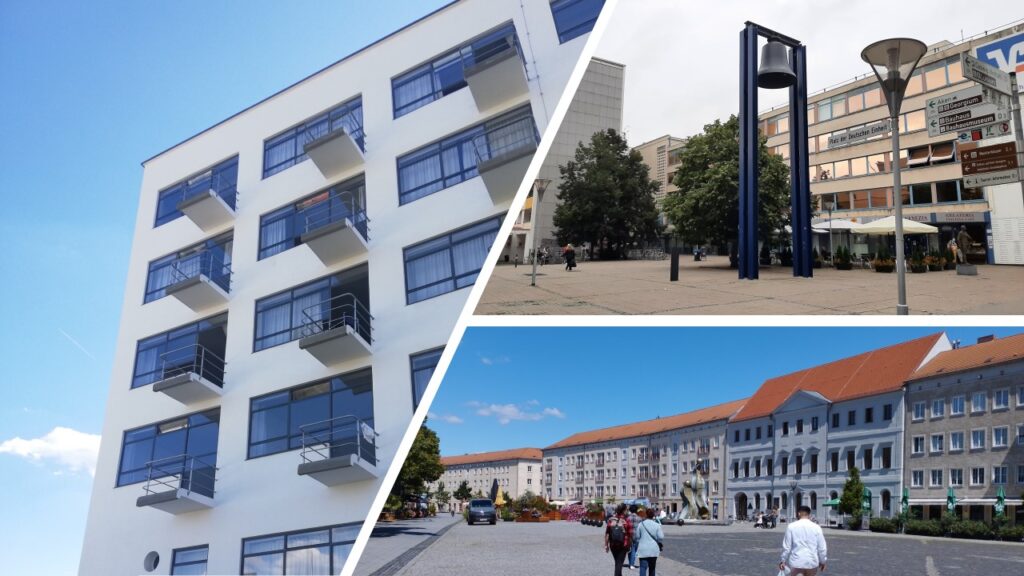
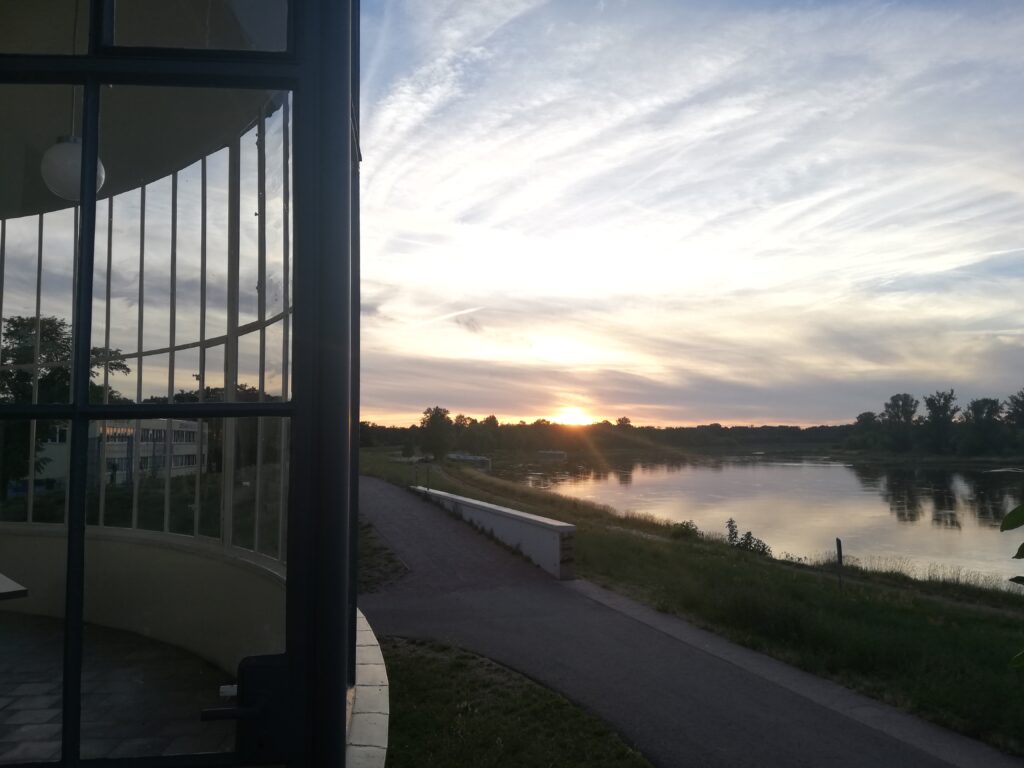
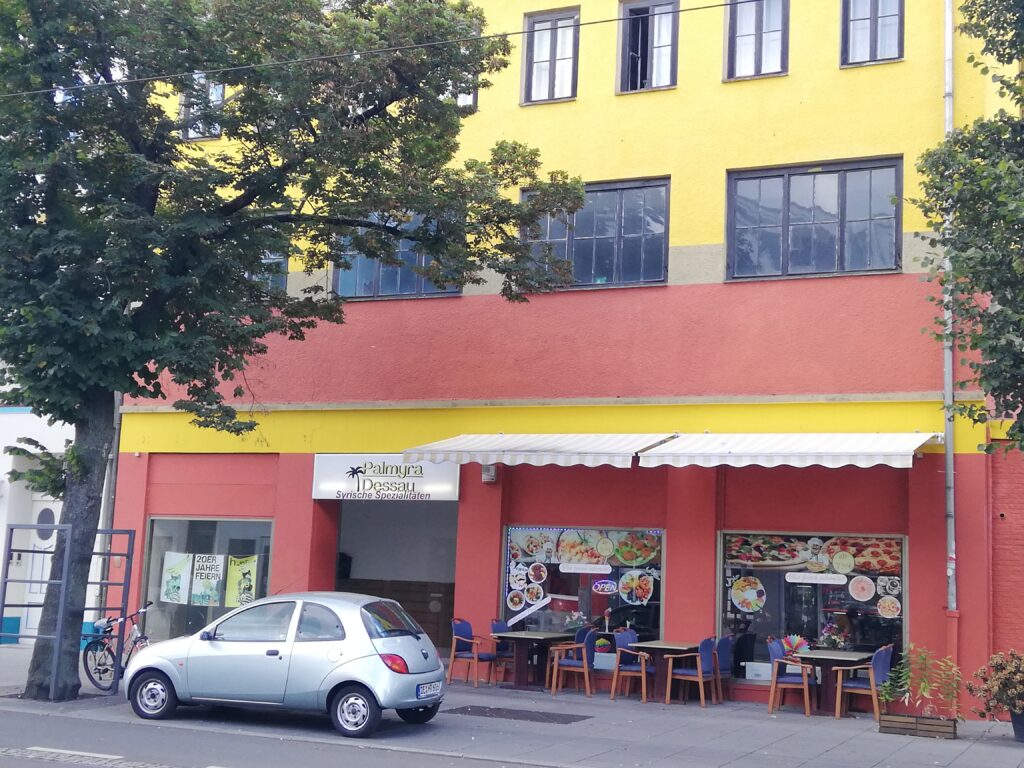
Ibbenbüren is a medium-sized town with 55 000 inhabitants that is located in the county of Steinfurt in Lower Saxony. The case study is surrounded by other small and medium-sized towns, offering a network of economic and social anchor points within the larger region. The economic and demographic situation of the locality is advantageous, and the number of inhabitants has been stable to slightly growing in the last 10 years. The average age of the population is with 43,7 years (2022) below the national average of 44,6 years. As the greater region of North-Rhine-Westfalia has a long history of migration, notably guest workers from Turkey, Greece, Italy and former Yugoslavia, this group forms 30% of the foreign population in the county. The largest share of foreign residents are EU nationals (35 %), the share of Ukrainians (10%) and Syrains (9.6%) is comparably low in the county Steinfurt. Ibbenbüren is governed by a mayor with SPD affiliation, the strongest parties of the local council are SPD and CDU.
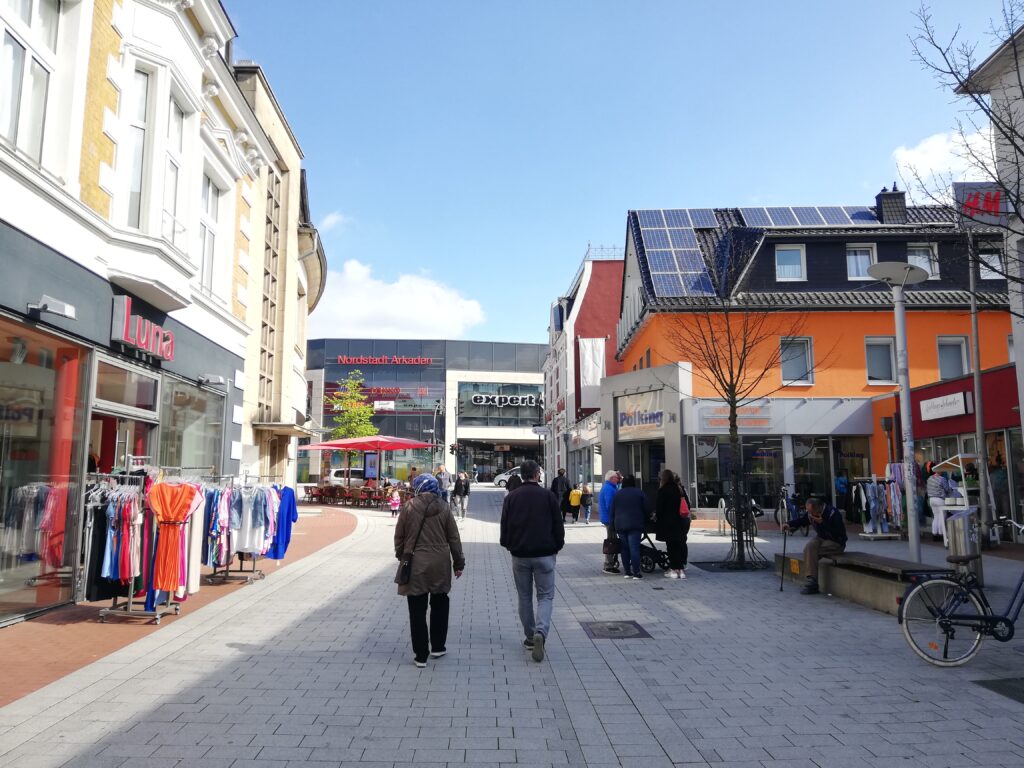
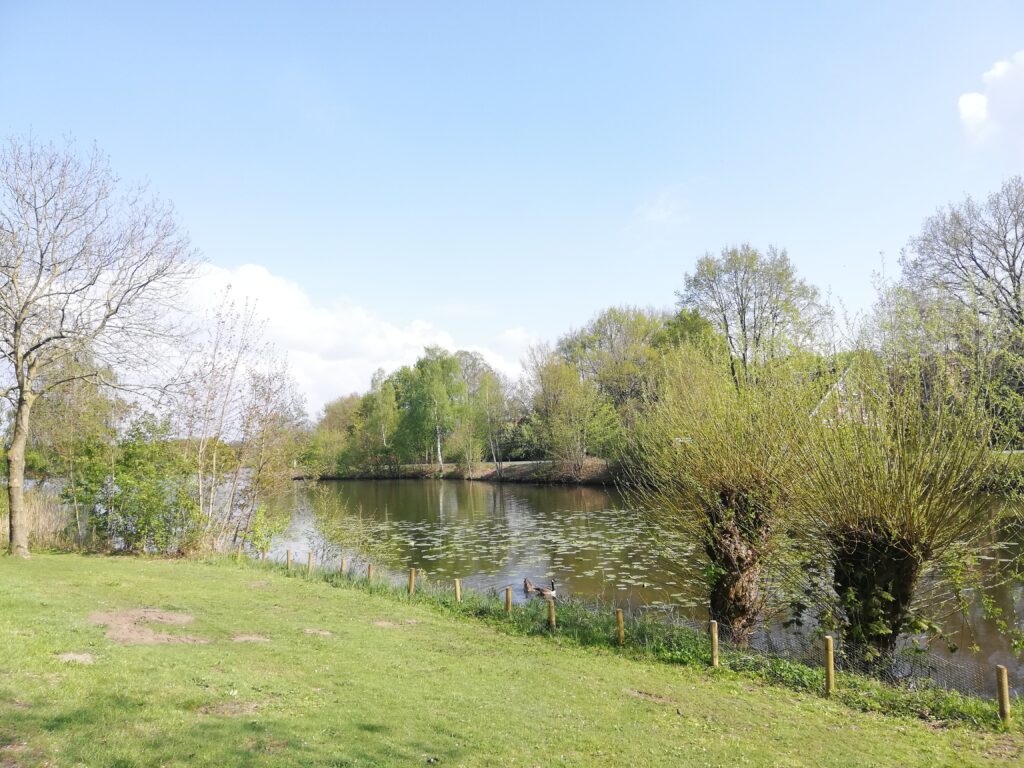
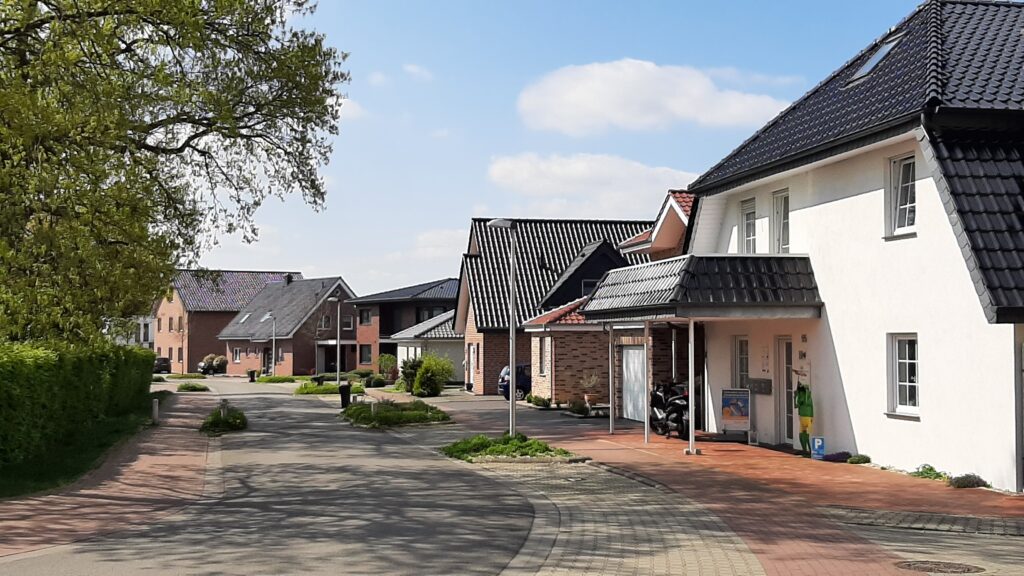
Leipzig is the case study of the UFZ team. The city (> 600,000 inhabitants) is located in the federal state of Saxony in eastern Germany. Leipzig’s urban development is a story of contrasts. After a long period of massive shrinkage following German reunification in 1989/90, followed by a period of stabilisation, the city has experienced strong growth since the 2010s. Meanwhile, Leipzig has increasingly become a post-migrant city and remains (with more than 120,000 inhabitants with a migration history) an important destination for international migration – characterised by dynamic arrival constellations between cosmopolitanism and welcome on the one hand, and various facets of discrimination and exclusion on the other. The city’s increasingly contested housing market is a particular arena for conflict, but also a testing ground for innovative solutions.
The UFZ team’s research is based on extensive experience from previous projects. In addition, local documents and media discourses will be taken into account. New empirical data will be collected through interviews with experts and stakeholders active in the field of arrival, settling and belonging with a particular focus on housing. Focus groups will include the perspective of forced migrants.
Link UFZ project website: https://www.ufz.de/index.php?en=51545
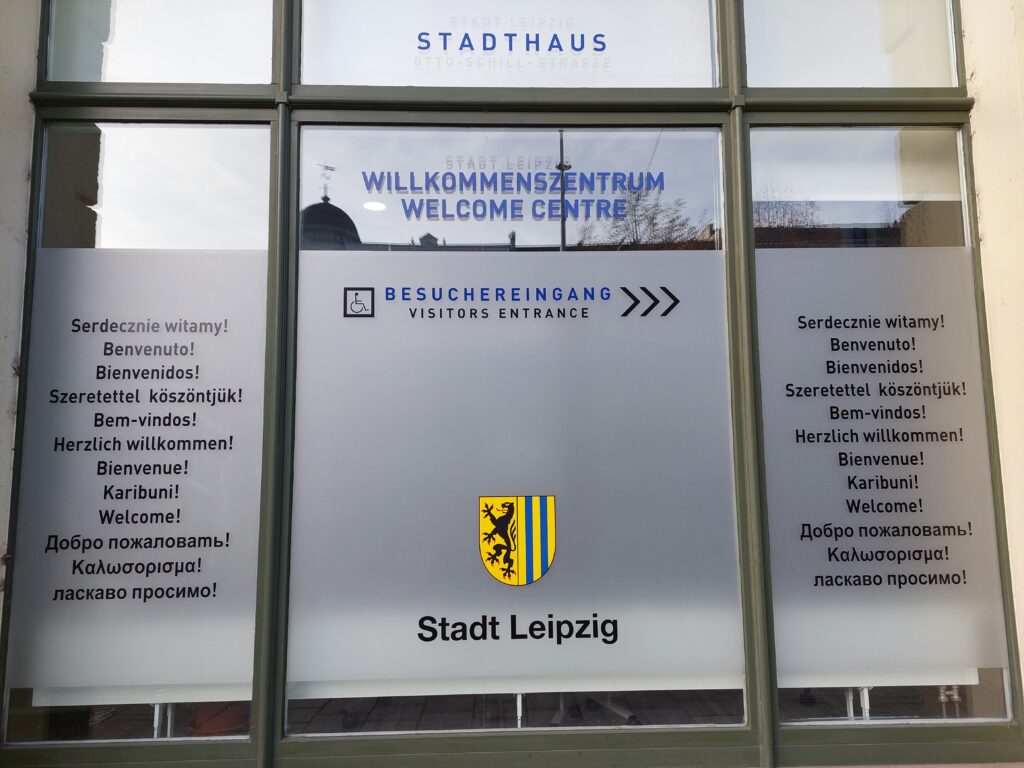
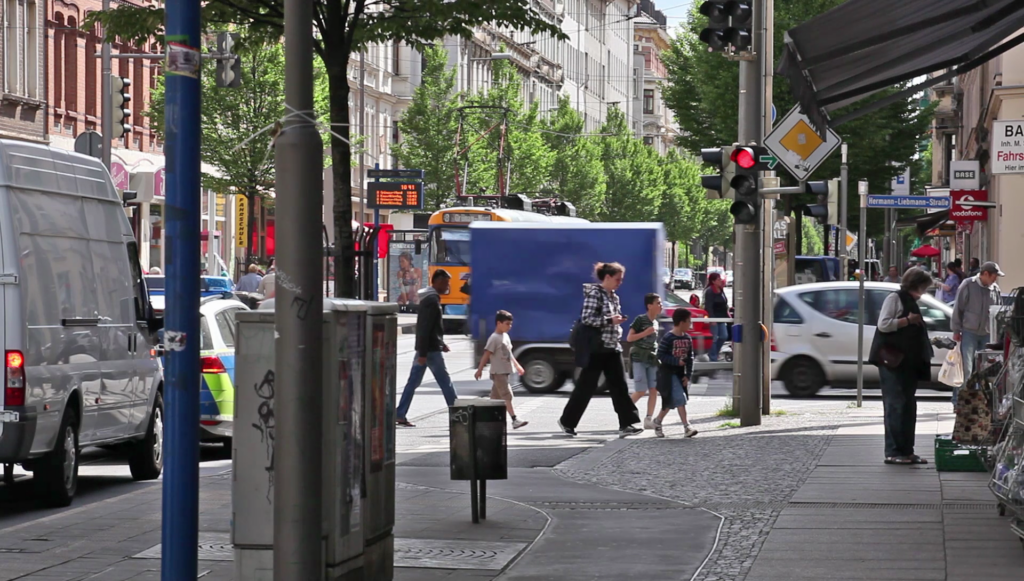
United Kingdom
Hastings is a historic coastal town, located in the south east of England in East Sussex county. Today the town has a population of about 91,000 , and according to 2021 census data, about 12/13% of the Hastings population was not UK born. In 1999 hastings became a dispersal site for asylum seekers. Currently Hastings takes 120 Asylum seekers through dispersal and accommodation is run by a private company contracted by the Home Office. In a story familiar to many other UK coastal towns, Hastings has suffered decades of underinvestment and deprivation. As a case study, it represents a situation where the impacts of both austerity and gentrification are both stark and immediate and impact disproportionately on refugees and asylum seekers. Here housing precarity and displaceability that migrants, asylum seekers and refugees face and the distributed violence of dispersal are framed by local challenges, a morphing national policy of inhospitality and structural discrimination. Alongside this, an active community supports migrants with creative projects and encouraging diversity and inclusion. The REFRAME project collaborates with local organisation, The Refugee Buddy Project, to investigate housing and home through arts methods, as well as to conduct broader research around housing access.



London will shed light on how people build life, space, and home while being banished and stripped of their right to the urban environment. It is situated at the intersection of arts and politics, a potent space where research (what we know or don’t know) can intersect with advocacy (what we believe should be). The project rests on the principle that research and knowledge are inherently political, but art—specifically theatrical performances—creates a unique space of visibility that more effectively challenges power asymmetries and exclusions. Through performance, the project seeks to convey acts of refusal and resistance, serving as a form of critique against dominant systems of control, detention and deportability.
Italy
Foggia is a city and province in Italy and a key territory of agricultural production in the South of the country. In the small town of Borgo Mezzanone, the research focuses on the so-called “Ghetto di Borgo Mezzanone”, a makeshift settlement inhabited by 2000 permanent residents from migrant backgrounds. Emerged from a former NATO airstrip, later serving as a reception centre for asylum seekers, Borgo is mainly populated by people working in the agricultural sector in the province, hence reaching over 4000 inhabitants during seasonal peaks. Currently, the site is the object of evacuation and displacement plans, through an EU-Recovery Fund (In Italian, PNRR) project aiming to “overcome illegal settlements of agricultural workers in Italy”, an institutionally-led intervention planning to dismantle the alleged informal settlement and relocate their inhabitants in camp-like structures. Here, the REFRAME project collaborates with local partners Solidaunia, collective Dar Assalam, and artists Luigi Coppola and Grupo Toma. Through ethnographic inquiry, critical spatial practice and art-based methods, this strand of the research is set to investigate the nature and effects of the “project of overcoming” the settlement, as well as the entangled and convoluted histories of arrival that make a fugitive inhabitation possible.
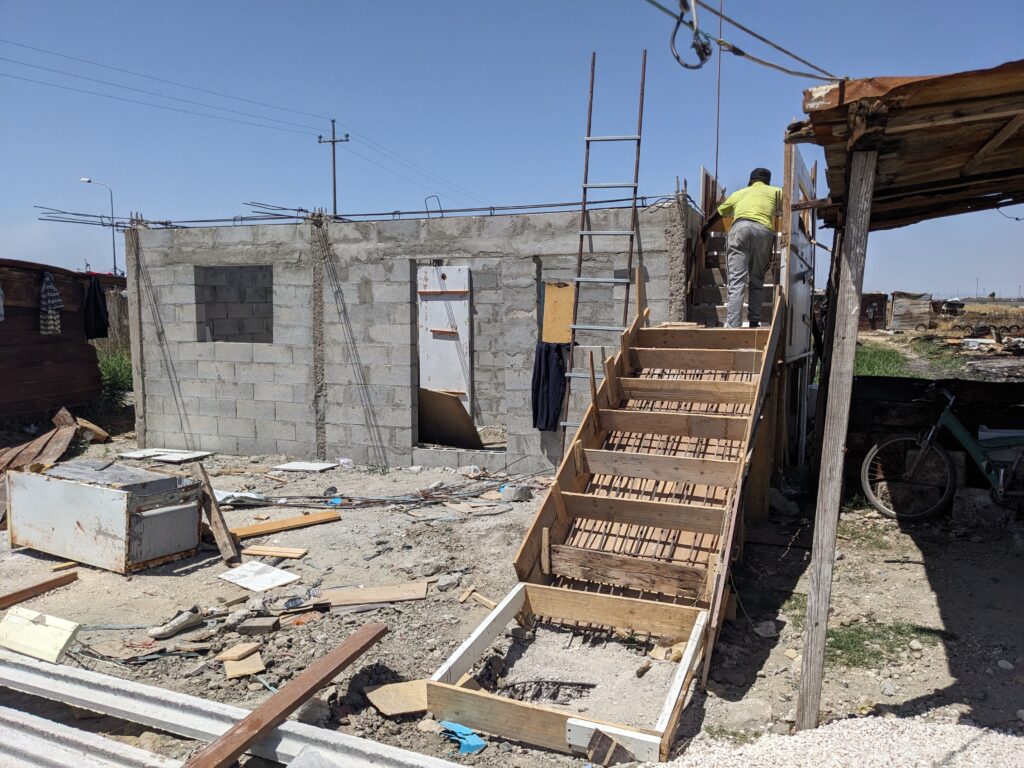
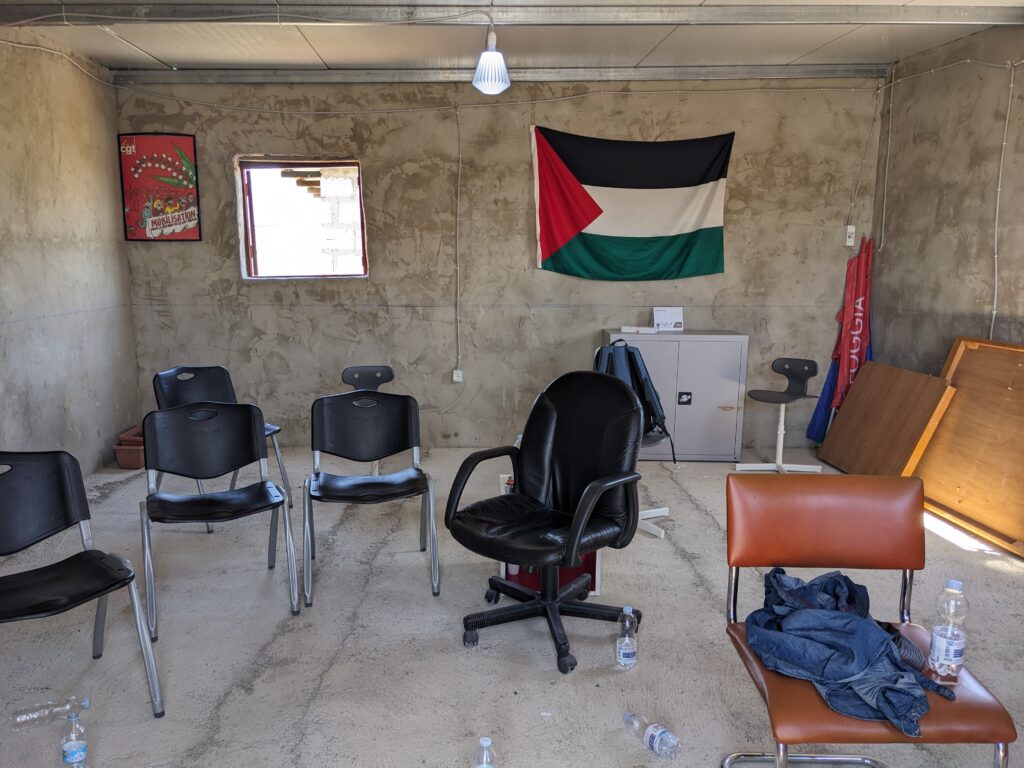
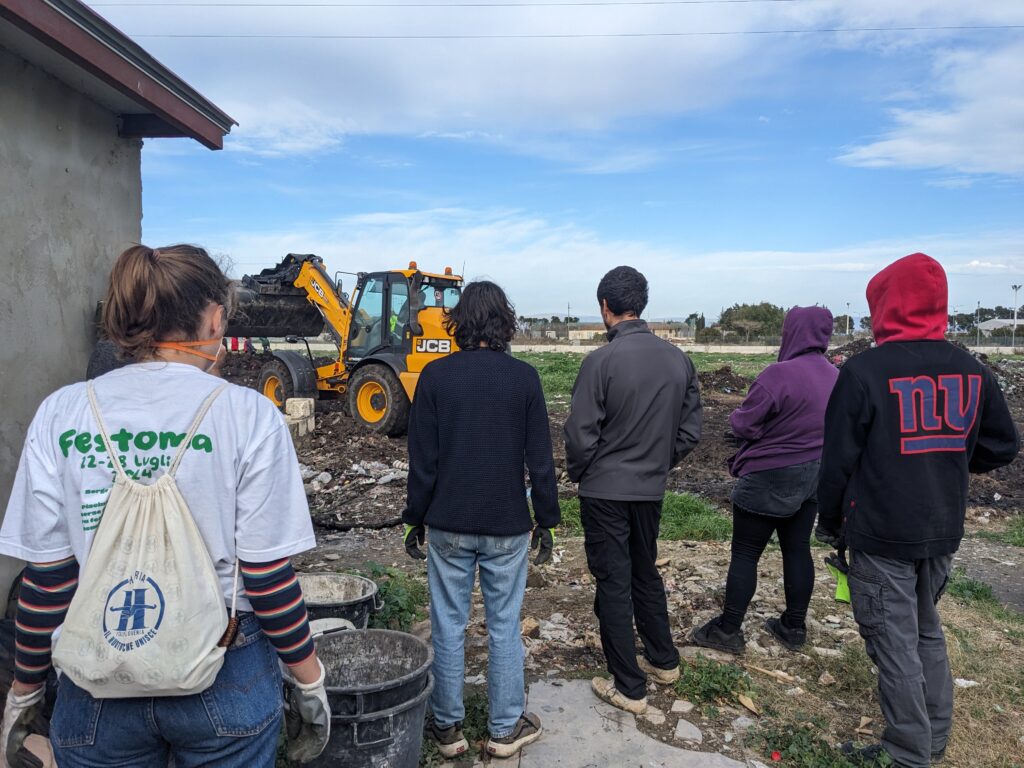
Turkey
Istanbul will shed light on how migrant and refugee groups (which we know speaking Arabic or Persian primarily) make mobility and housing choices and the extent to which that is determined by disasters (getting prepared for future earthquakes or as a result of past ones). We will also examine the extent to and the modalities in which such groups influence each other in such choices. We endeavour to identify their patterns of mobility from overseas to Türkiye and their Istanbul district and the extent to which that happens on a group basis. Methodologies used include large-scale survey, one-to-one interviews, one nationality-based and one mixed focus group. The goal of this research stream, theoretically is to: a) Contribute to tracing the inter-cross between migration and disaster in the literature as well as on the ground (policies and governmental/municipal spatial/housing politics); b) Contribute to carve out a collective social psychology of disaster preparedness within and across the groups considered.
The goal of the research stream, practically is to advocate for municipalities to integrate their afet bilinci egitimleri with group-focused histories and peculiarities (such programs are now merely providing technical information, and if ever, are simply translated into other languages. We need more than mere translations to get the migrant and refugee segments of a society in which most of them tend to be vulnerable prepared vis-à-vis earthquakes)
